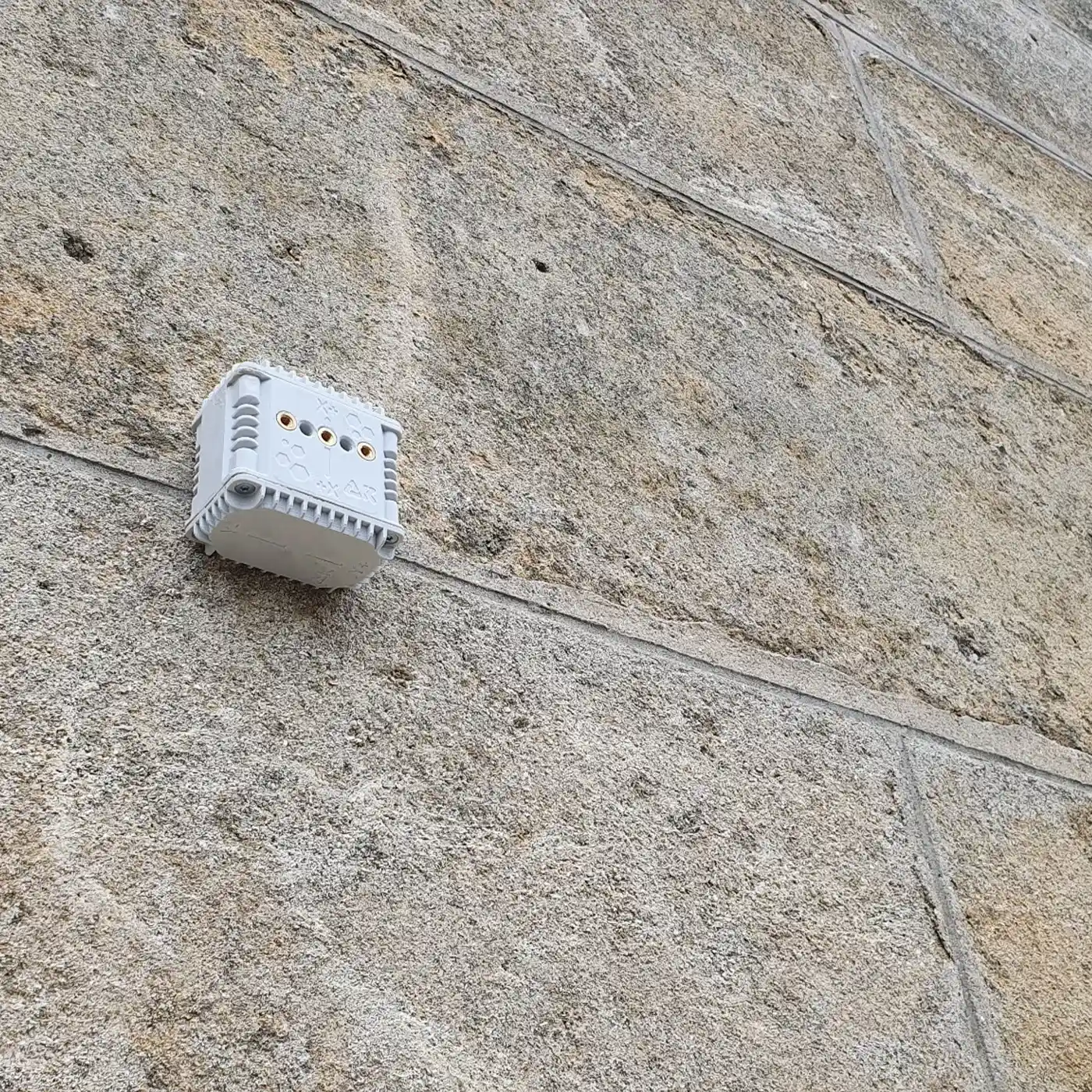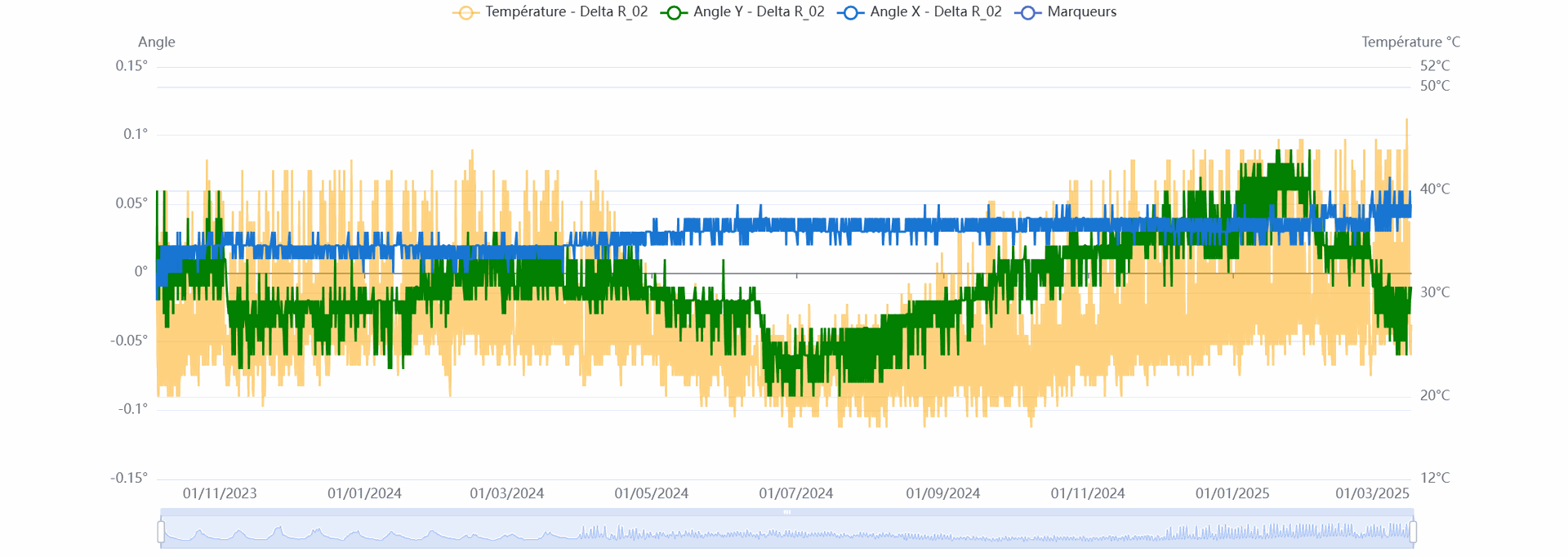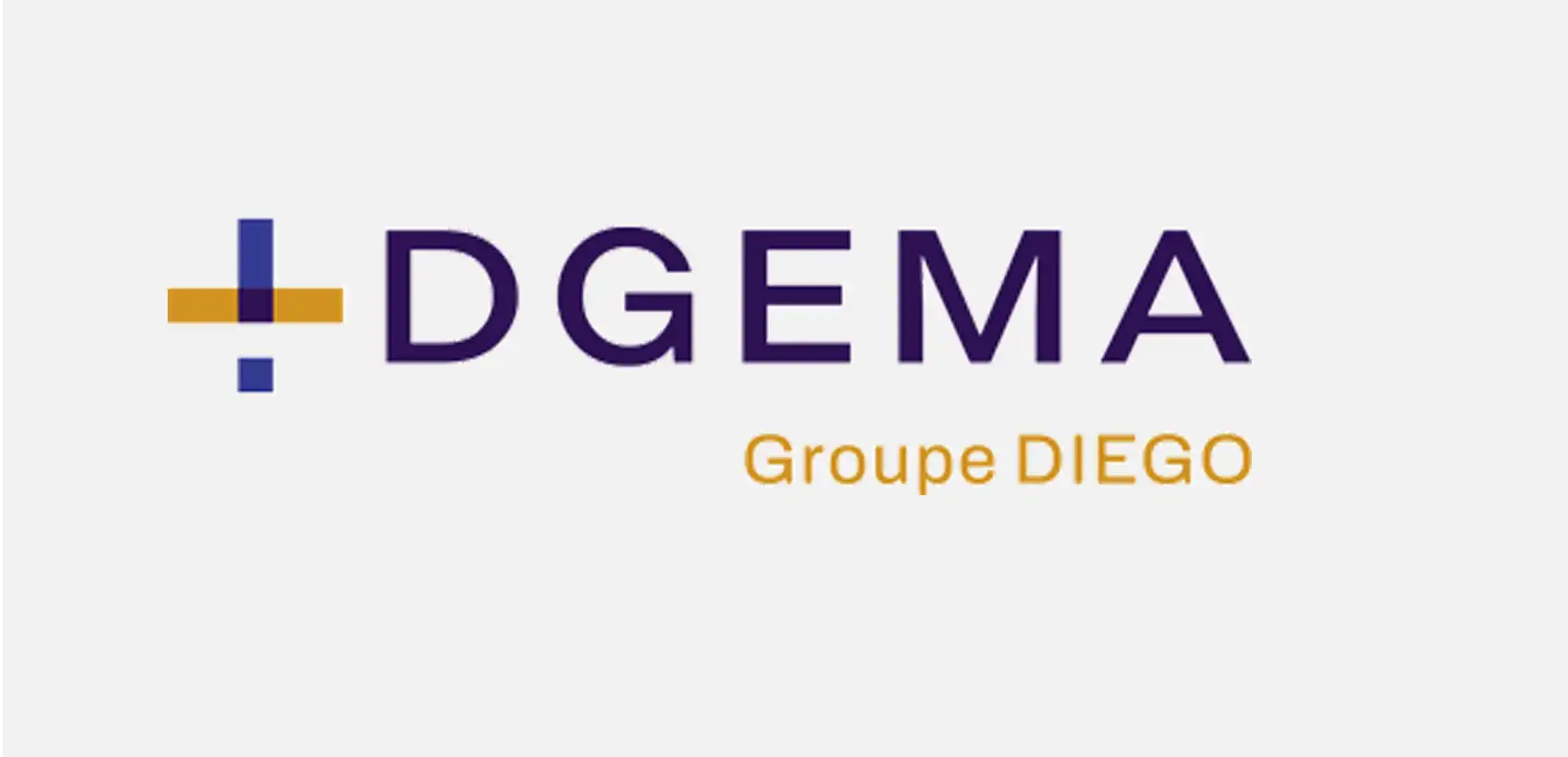They trust us




Contexte & Constraints
Retaining walls ensure the stability of infrastructures by holding back soil and limiting the risk of landslides. However, they face multiple constraints: soil pressure, climate variations, water infiltration, and material aging.
Without continuous monitoring, these factors can cause cracks, structural displacements, and, in the most critical cases, partial or total collapse.
PROJECT CONSTRAINTS
Monitoring Structural Instabilities
Detecting the evolution of cracks and deformations to anticipate the risk of collapse.
Monitoring the impact of external conditions
Analyzing the effect of loads, weather conditions, and water infiltration on the stability of the walls.
Ensuring the safety of infrastructure and users
Ensuring continuous monitoring to prevent damage and secure the surrounding installations.

Need more information?
Contact us to learn more!
Download the catalog
Implementation Solutions
Feelbat has implemented a system that allows for precise, continuous, and remote monitoring of the movements and tilts of buildings and their structures.

Implementation of the DELTA L+
The installation of the DELTA R allows for continuous monitoring of the retaining wall movements and helps anticipate potential instabilities, thereby limiting the risk of collapse.
Coupling with the DELTA L+
Combined with the DELTA L+, it provides crack monitoring for a comprehensive view of the structural evolution of the wall, optimizing maintenance and risk prevention.
Remote monitoring
Remote monitoring limits human intervention, ensures constant tracking, and provides alerts in case of anomalies, with automatic monthly reports.

Nour-Eddine E.
I chose FEELBAT for its proximity to Montpellier and its local commitment. The quick availability of products and the opportunity to test the sensors convinced me. For a first-time use, the experience was smooth and enriching.
The
Result
With our connected sensors, it is possible to anticipate the evolution of instabilities and limit the risks to the safety of infrastructure and individuals.
Continuous monitoring provides a valuable database for optimized geotechnical risk management, allowing actions to be taken before critical damage occurs and preserving the stability of the retaining wall in the long term.